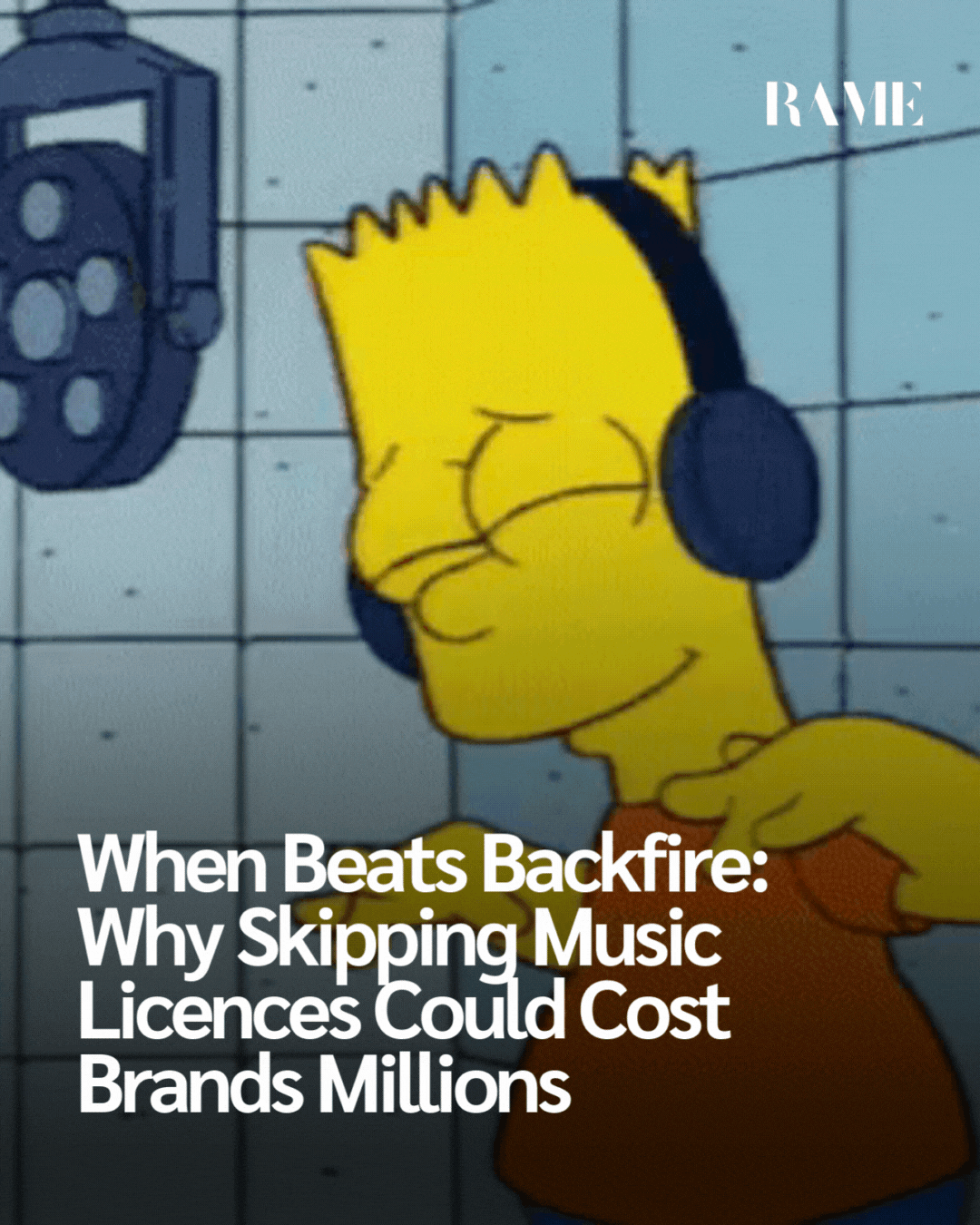When the Beat Becomes a Battle
Picture this: your marketing team rolls out a blockbuster campaign in India visuals dazzling, messaging sharp, budgets stretched across lakhs or even crores. Then: someone notices your promo video uses a song without permission. The music gets muted. The content is removed. A legal notice lands. What was supposed to build your brand turns into a costly liability.
That scenario isn’t hypothetical. For example, Sony Music has filed a case in the Bombay High Court against Myntra, demanding ₹5 crore in damages over alleged unauthorized use of sound recordings in Myntra’s promotional videos. Brands, creators, influencers: many don’t realise how serious the consequences are until it’s too late. Let’s break down what’s really at stake.
1. The Legal Landscape: What Indian Law Actually Says
- India’s Copyright Act of 1957 clearly makes unauthorised use of musical works in advertising, promotions or branded content an infringement even if no direct profit resulted.
- The law distinguishes between different types of licences (synchronisation, mechanical, public performance, etc.), and the failure to secure the appropriate one can trigger damages.
- Courts are not shy: damages for infringement in corporate/advertising contexts can range from ₹20 lakh to ₹5 crore depending on usage, reach, commercial value.
2. High-Profile Cases: Real Costs Brands Are Facing
- Sony Music vs Myntra: Sony claims Myntra used multiple tracks without permission despite cease-and-desist notices. The damages sought: ₹5 crore. Songs cited include Gal Mitthi Mitthi (from Aisha), Ishq Di Baajiyan (from Soorma), Behke Behke (from Aisha), among others.
- Brands like Marriott, Epigamia, and influencer-led firms are also being sued or challenged legally for similar violations.
- In another case, the Delhi High Court restrained One8 Commune (Virat Kohli’s restaurant chain) from playing songs without a PPL licence.
3. The Risks Beyond Money: What’s at Stake
| Risk Type | What Happens | Why It Hurts |
|---|---|---|
| Financial | Lawsuits, statutory damages, licensing fees, legal defence costs. | Direct hit to the bottom line; sometimes unexpected. |
| Operational & Media Spend Loss | Campaigns muted, removed, blocked; media spend wasted. | Opportunity cost; brand loses momentum. |
| Reputation & Trust | Headlines about infringement; distrust among consumers and partners. | Hard to recover; negative associations linger. |
| Strategic Loss | Inability to plan long-term, because legal exposure forces reaction over strategy. | Stifles creative risk; brands may play safe rather than bold. |
4. Shifting Norms: How Licensing Platforms Are Filling the Gap
The demand for safe-to-use music is rising, and licensing platforms are stepping up. Here’s what’s changing:
- India is witnessing the growth of micro-licensing and technology-enabled licensing frameworks to make permissions faster, more transparent, and more affordable.
- Platforms are organising large catalogues by genre, mood, region and campaign type, reducing friction for brands to find what they need.
- Artists and rights holders are increasingly included, ensuring royalties are paid, especially for regional and independent creators.
5. Practical Steps for Brands: What to Do
Here are concrete actions brands should take to avoid the pitfalls:
- Audit past content
See whether past campaigns used trending music without proper licences. Identify exposure. - Establish a music usage policy
Internal guidelines that specify what kinds of music usage are okay (ads, influencer posts, social media, etc.), and who is responsible for clearances. - Use legitimate licensing platforms
Platforms exist (some local, some international) that offer pre-cleared tracks, royalty-safe music, and transparent rights information. - Negotiate licences in advance
When dealing with influencers, agencies or partner content creators, mandate that music must be cleared/commercially licensed. - Budget for licensing
Don’t treat music licensing as an afterthought. Popular tracks or big-label music likely cost more; plan for that. - Monitor rights and renewals
Some licences expire. Some are regionally restricted. Brands must ensure ongoing compliance. - Measure ROI and value
Compare reach, engagement, retention of content with properly licensed music vs content that risked exposure. This builds internal justification for investment.
6. What This Really Means for the Industry
- Brand campaigns will increasingly factor in music-clearance as part of the creative brief, not just visuals or copy.
- Legal departments, brand safety, and IP specialists will become more integral to marketing workflow.
- Platforms (Instagram, YouTube, Meta etc.) may tighten enforcement, or change policies pushing more brands toward clear licencing solutions.
- Creators / influencers who understand licensing will gain competitive advantage; those who don’t will face risk.
Conclusion: Turning the Soundtrack Into Strength
Using music isn’t optional for brands it’s essential. But using it wrongly turns a strength into liability. What this means in practice is: if you want your message to land without risk, you’ve got to build compliance into the creative process. Think ahead. License properly. Respect rights. Because each beat you pay for legally isn’t just cost it’s investment in trust, in reputation, and in a future where your brand owns its story, cleanly.



